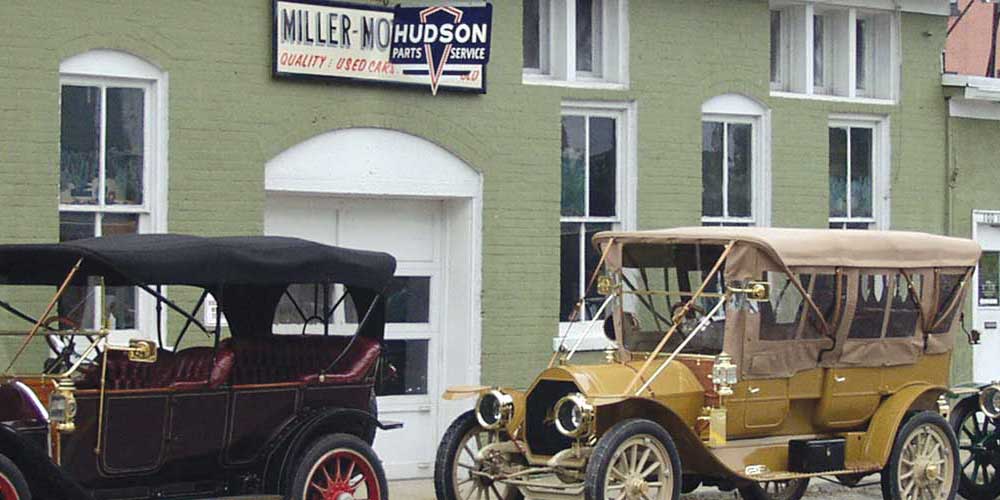By: Robert Tate, Automotive Historian/Researcher
Images: Courtesy of the National Automotive History Collection
Posted: 01.21.2015
Mr. Raymond Loewy, a very gifted and talented designer began his industrial design journey in Paris, France. He was educated at the University of Paris in 1910 and later received his engineering degree in 1918. As his career continued, he would later be known as the “father of industrial design”. His early career was filled with everything from window designs for Macy’s and Saks Fifth Avenue to becoming a fashion illustrator for Vogue and Harper’s Bazaar. Mr. Loewy had designed everything from Studebaker models to railroad products and even Coca Cola bottle packaging designs. He also designed logos for Shell and Exxon corporations and created the packaging designs for the Lucky Strike Cigarette Corporation.
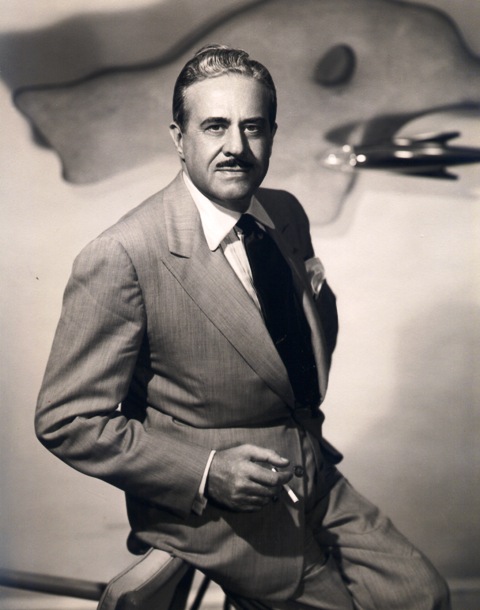 Mr. Raymond Loewy, Industrial Designer
Mr. Raymond Loewy, Industrial Designer
Mr. Raymond Loewy raised industrial design standards and was a credit to his profession. In 1929, Loewy's career as an Industrial Designer was launched by Sigmund Gestetner who asked Loewy to modernize his duplicating machines. Loewy's new Gestetner duplicator sold very well for many years and was very popular among American consumers. This project helped establish industrial design in America. By 1930, Raymond Loewy had opened his own design studio which was called “Raymond Loewy Associates”. In later years, it would change to “Raymond Loewy and William Snaith, Inc.”
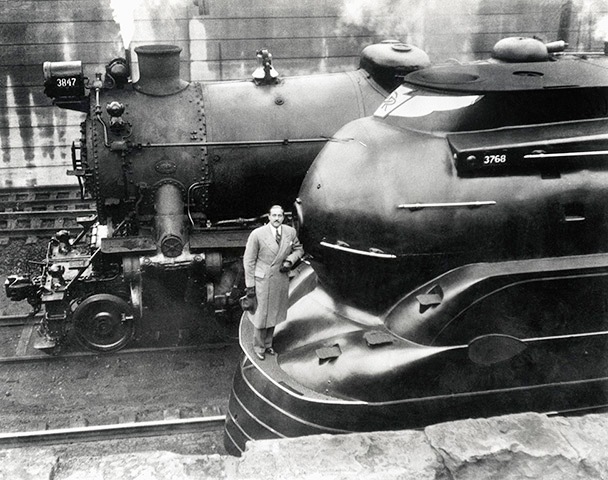 Mr. Raymond Loewy, Industrial Designer standing on train
Mr. Raymond Loewy, Industrial Designer standing on train
In 1934, the Sears Roebuck & Company, Inc. hired Loewy to redesign their Coldspot refrigerator models. The 1935 Coldspot refrigerator project garnered worldwide attention and as a result, Mr. Loewy's career continued with many other successful projects. (The Coldspot refrigerator was originally designed by Mr. Clare Hodgman, who later designed the 1939 Studebaker Champion automobiles.) By 1949, Mr. Loewy, was running the world's largest industrial design firm with offices from London to South Bend, Indiana. He employed a staff of over 140 talented designers along with many great Architects and draftsmen who were creating popular products for the consumer market, ranging from lipstick to toothpaste tubes, ocean liners and even working with United Airlines on many great design proposals.
 Studebaker Article by Raymond Loewy
Studebaker Article by Raymond Loewy
Mr. Loewy continued his career as a consultant working with the Studebaker automobile company in South Bend, Indiana. He had always been fascinated by speed and powerful vehicles of all types which most importantly were among his favorite subject matters to design. Raymond Loewy also designed the 1932 Hupmobile, the Greyhound Scenicruiser and logo, and the Pennsylvania Railroad’s S-1 locomotive. He would sometimes spend many days at the Le Mans race track where actual contact with race car drivers inspired numerous sketches and renderings of experimental models which later were designed by his company.
In 1937, Mr. Paul Hoffman assigned him to the entire Studebaker account; Loewy immediately hired Mr. Virgil Exner to manage design activity at Studebaker’s South Bend studio office. One of the first female automotive designers that worked for Mr. Loewy was Ms. Helen Dryden, who had designed the interior of the 1936 Studebaker Dictator and President Models. Helen Dryden was also an established and important twentieth-century industrial designer. Mr. Lowey had also hired the famous Gordon Buehrig as well. Examples of his famous Studebaker designs include the 1947 Studebaker Starlight Coupe, the 1953 Studebaker Coupe, and the Studebaker Avanti models.
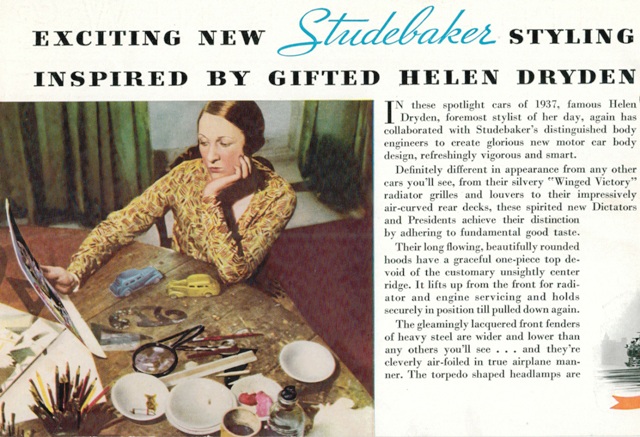 Studebaker Article Featuring Helen Dryden
Studebaker Article Featuring Helen Dryden
The relationship between Mr. Raymond Loewy and the late Virgil Exner initiated a period that produced the strongest decade of automotive sales of Studebaker’s history. It was Studebaker’s 1947 models that led to the development of the company’s first post-war vehicles in the auto industry. By 1949, Mr. Loewy promoted Mr. Robert E. Bourke to Manager and Chief of Styling at the South Bend studio. Mr. Bourke had retained this position through 1955. In 1961, Studebaker President Mr. Sherwood Egbert asked Raymond Loewy to come up with a new sports car design. From beginning to end, the Avanti project took less than two months to design and was developed on a shoestring budget; only three designers were hired and one clay model was built. The Avanti made its debut at the New York Auto Show in 1962 and drew praises from many consumers for its superb handling and sensible designs.
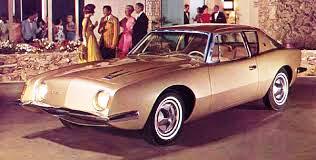 1963 Avanti
1963 Avanti
In conclusion, Raymond Loewy (November 5, 1893-July 14, 1986) helped shaped the American design industry and was involved with numerous design products. His career expanded over seven decades and left us with an unforgettable legacy. Raymond Loewy has truly left his distinctive stamp on hundreds of products in America.
A special thanks to Robert Tate, Automotive Historian and Researcher, for donating the story to the MotorCities Story of the Week program. Photographs are courtesy of the National Automotive History Collection. (Bibliography: Hall E. Asa & Langworth M. Richard . “The Studebaker Century a National Heritage” 1983. Holls Dave & Lamm Michael. “ A Century of Automotive Style 100 Years of American Car Design”1996.)
For further information on photos please visit http://www.detroitpubliclibrary.org/ or email This email address is being protected from spambots. You need JavaScript enabled to view it.. Please do not republish the story and/or photographs without permission of MotorCities National Heritage Area.
If you would like to contribute an article for the MotorCities newsletter, email This email address is being protected from spambots. You need JavaScript enabled to view it. or call 313-259-3425.


